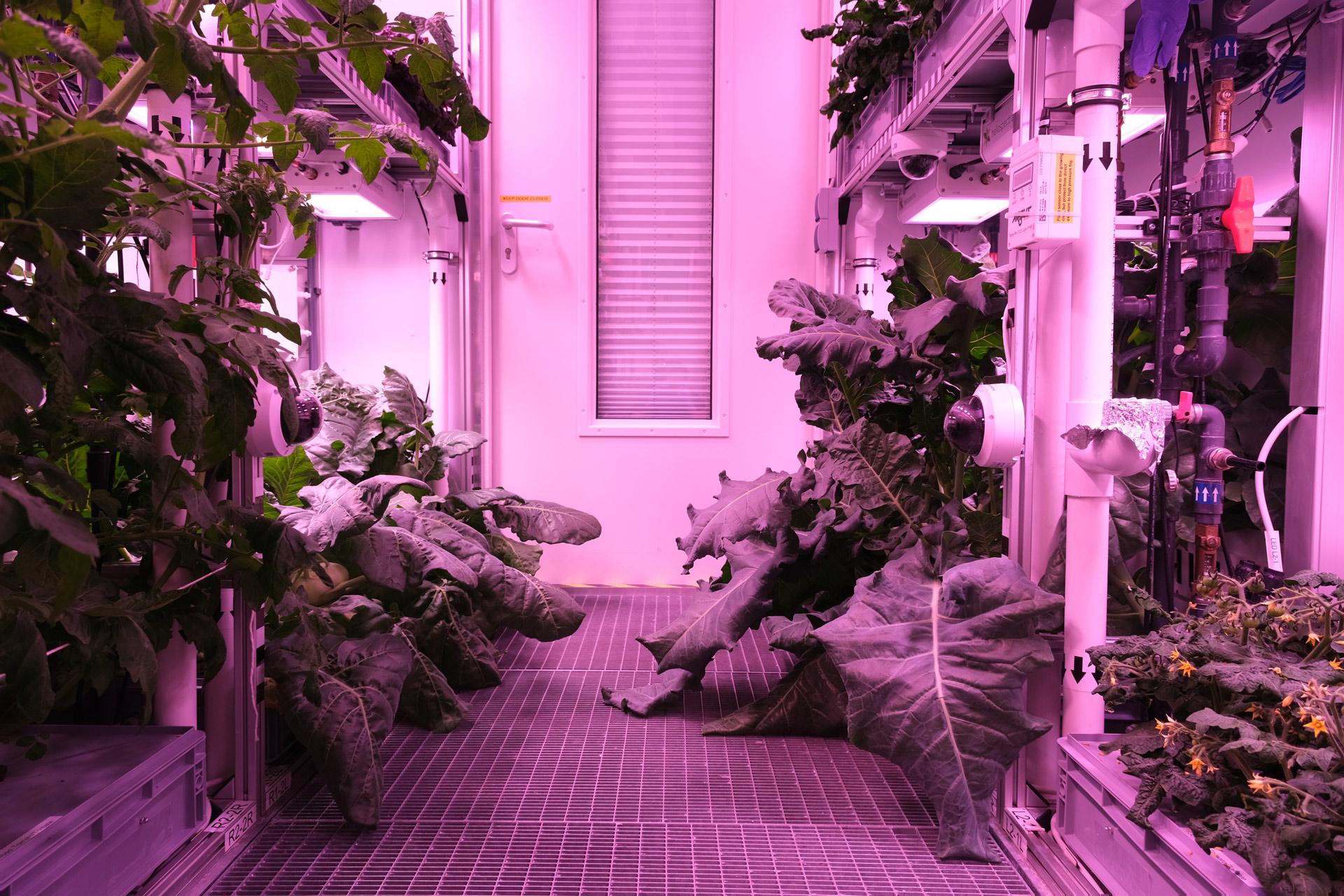
As the world rang in the Near Year this week, NASA was looking forward to a big milestone of its own — nine years and counting on the surface of Mars for an overachieving Red Planet rover mission.
The golf-cart-size Spirit rover landed on Mars on Jan. 3, 2004, PST. Its twin, Opportunity, touched down at another Martian locale three weeks later, joining Spirit on a 90-day quest to search for signs of past water activity on the Red Planet. Together, the two robots make up the Mars Exploration Rover mission, the precursor to the huge Mars rover Curiosity, which arrived at the planet last August.
The two NASA robots found plenty of such evidence, helping scientists confirm that Mars — now a frigid and seemingly bone-dry place — was warmer and wetter billions of years ago. Spirit even stumbled onto an ancient hydrothermal system, where heat energy and liquid water may have created conditions capable of supporting life as we know it.
Both rovers kept on chugging long after their warranties expired. Spirit finally stopped communicating with Earth in March 2010 and was declared dead a year later. Opportunity is still going strong, exploring clay deposits on the rim of Mars' Endeavour Crater. [Latest Mars Photos From Rovers Spirit & Opportunity]
Together, the two robots have covered 26.82 miles (43.16 kilometers) to date, with Opportunity racking up the lion's share (22.02 miles, or 35.44 km). While Opportunity is showing some signs of its advanced age, such as an arthritic arm, the rover remains in good health and continues to return interesting data to its handlers back on Earth.
"Every day is a gift at this point," rover mission principal investigator Steve Squyres, of Cornell University, said last month at the annual fall meeting of the American Geophysical Union. "We're just going to push the rover, and push ourselves, as hard as we can."
The nine-year anniversary may bring some attention back to Opportunity, which ceded the Mars rover spotlight to its car-size cousin Curiosity last summer.
Breaking space news, the latest updates on rocket launches, skywatching events and more!
The $2.5 billion Curiosity rover landed inside Mars' huge Gale Crater on Aug. 5, 2012, on a mission to determine if the area has ever been capable of supporting microbial life. The 1-ton robot — which weighs five times as much as Spirit or Opportunity — has already discovered an ancient streambed where water likely flowed continuously for thousands of years long ago.
Curiosity's surface mission was originally slated to last about two Earth years, but NASA officials recently announced that they would let the robot roam as long as it was scientifically viable. If the performance of Spirit and Opportunity are any guide, Curiosity could be roving for many years to come.
Follow SPACE.com senior writer Mike Wall on Twitter @michaeldwall or SPACE.com @Spacedotcom. We're also on Facebook and Google+.

Join our Space Forums to keep talking space on the latest missions, night sky and more! And if you have a news tip, correction or comment, let us know at: community@space.com.

Michael Wall is a Senior Space Writer with Space.com and joined the team in 2010. He primarily covers exoplanets, spaceflight and military space, but has been known to dabble in the space art beat. His book about the search for alien life, "Out There," was published on Nov. 13, 2018. Before becoming a science writer, Michael worked as a herpetologist and wildlife biologist. He has a Ph.D. in evolutionary biology from the University of Sydney, Australia, a bachelor's degree from the University of Arizona, and a graduate certificate in science writing from the University of California, Santa Cruz. To find out what his latest project is, you can follow Michael on Twitter.
